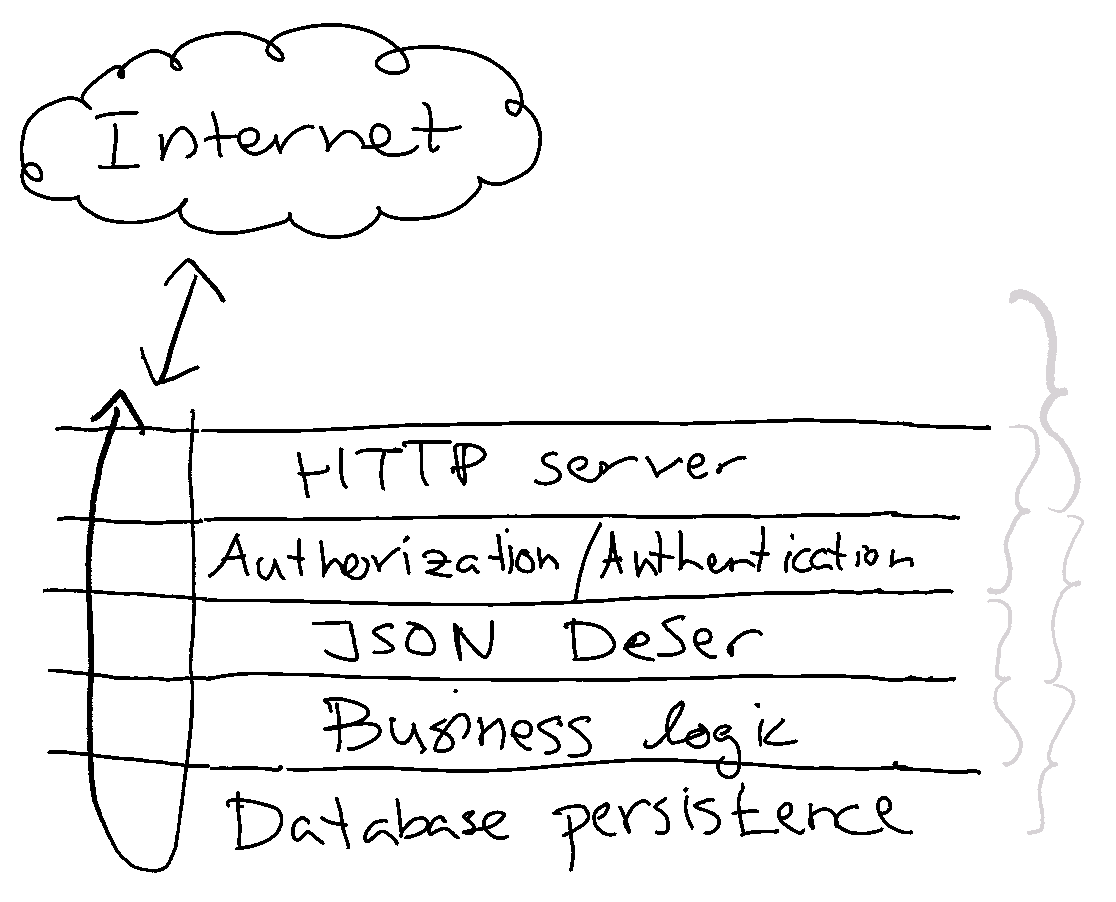Narrow integration tests are tests that only involve very few components, mostly relying on test doubles to simulate external dependencies. As always, we have Martin Fowler to thank for yet another excellent article on integration tests so I’ll simply refer to that for the details of what a narrow integration test is.
That said, during 2019 I have grown increasingly convinced that the distinction between a narrow and wide integration (also know as system tests or end-to-end tests) is an important one, for two reasons:
First, given that narrow integration tests depends on very few components the cost of maintenance is very low. Compare this to wide integration tests where cost of maintaining them increases with number of components and/or software complexity.
Secondly, because I believe a large majority of the wide integration tests can be replaced by a set of narrow integration tests. The benefit would be a more maintainable test suite over time, with equal confidence that it catches bugs. Let me explain:
A common counter-argument against unit and narrow integration testing is that they don’t test the application as a whole. In one way, this is true, but you could also look at a whole as an overlap of many smaller pieces. For example, a lot of software architecture models involves thinking in layers (Hexagonal architecture, Clean architecture and more). So, let’s imagine a very simple application that receives an HTTP API call, does some business logic and stores something in a database:
An API call from the Internet flows through each layer of our application. With input being validated and transformed as it passes through layers towards persistence, and result/output from the final persistence eventually trickling back to the API caller.
A growing hypothesis of mine is that it’s very unlikely that bugs are introduced by miscommunication between non-adjacent layers. This means, that as long you have made sure to test each layer boundary, you should in be pretty confident that the application works as a whole. For example, in the image above, you can see that all the curly braces to the right are overlapping. Each curly brace is a set of narrow integration tests.
Could there be bugs that are introduced by pairs on non-adjacent layers? Yes, but like I said very unlikely. Ignoring when you’ve actually missed a narrow integration test case, you might see issues such as
- application using too much resources (CPU, memory, I/O…) when all components are put together.
- low-level concurrency-related issues.
- memory corruption bugs.
These days, bugs like these are pretty uncommon. My recommendation is that you focus on implementing those narrow integration tests first if you can.
